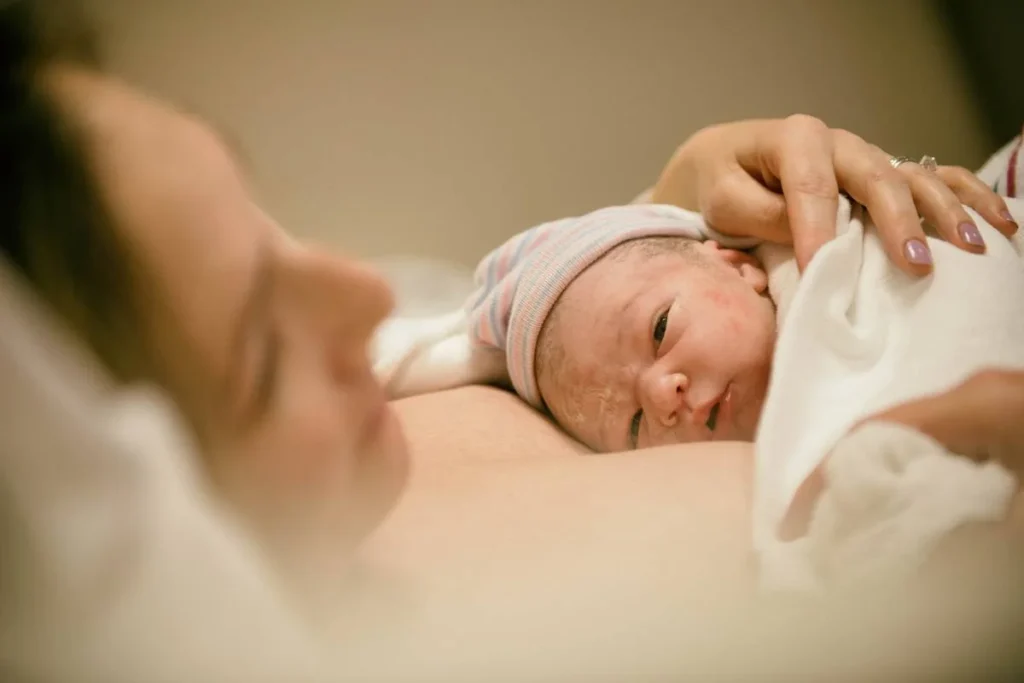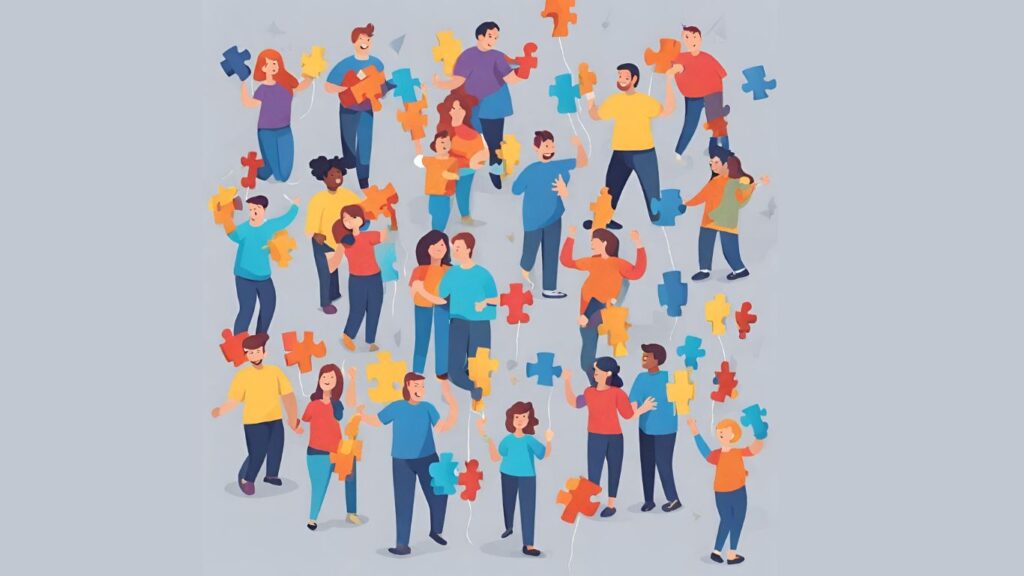Autism spectrum disorder (ASD) is a neurodevelopmental disorder that affects communication, social interaction, and behavior. The exact cause of ASD is not fully understood, but research suggests that it may be the result of a combination of genetic and environmental factors. One potential environmental factor that has been studied about ASD is birth trauma.
Types of Birth Trauma
Birth trauma refers to any injury or damage that occurs during the birth process. Several different types of birth trauma have been studied about ASD, including:
- Umbilical cord complications: These can occur when the umbilical cord becomes compressed or twisted during delivery, which can reduce oxygen flow to the baby’s brain.
- Fetal distress: This occurs when the baby’s oxygen supply is compromised during labor and delivery, which can lead to a range of complications, including brain damage.
- Birth injury or trauma: This can occur when the baby experiences physical trauma during delivery, such as from the use of forceps or vacuum extraction.
- Multiple births: Twins or triplets are more likely to experience birth trauma due to the increased risk of complications during delivery.
- Maternal hemorrhage: This can occur when the mother experiences excessive bleeding during delivery, which can reduce the flow of oxygen to the baby’s brain.
Mechanisms Linking Birth Trauma and Autism
While the exact mechanisms linking birth trauma and ASD are not fully understood, several theories have been proposed. One theory suggests that birth trauma may result in brain damage or abnormal brain development, which could increase the risk of developing ASD.
Another theory suggests that birth trauma may lead to an inflammatory response in the brain, which could contribute to the development of ASD. Inflammation has been linked to a range of neurological disorders, including ASD.
While there is some evidence to suggest that birth trauma may be a potential risk factor for ASD, more research is needed to fully understand the relationship between the two. It is important to note that not all children who experience birth trauma will develop ASD, and not all children with ASD have experienced birth trauma.
Research on Autism and Birth Trauma
Autism is a developmental disorder that affects social interaction, communication, and behavior. While the exact causes of autism are not known, research has suggested that it may be caused by a combination of genetic and environmental factors. One environmental factor that has been suggested to play a role in the development of autism is birth trauma.
Epidemiological Studies
Several epidemiological studies have examined the relationship between birth trauma and autism. One study conducted by the National Autistic Society found that there may be a link between birth trauma and autism, but more research is needed to confirm this relationship. Another study published in the Journal of Autism and Developmental Disorders found that perinatal factors such as birth injury or trauma may be associated with an increased risk of autism.
Clinical Research Findings
Clinical research has also examined the relationship between birth trauma and autism. A study published in the journal Autism Spectrum Disorders found that people with autism are at a higher risk of experiencing adverse events and trauma. The study also found that diagnosing trauma- and autism-related symptoms can be complicated due to the overlap between these two conditions.
While the research on the relationship between birth trauma and autism is still in its early stages, it is clear that more research is needed to fully understand this relationship. It is important for parents and healthcare providers to be aware of the potential risks associated with birth trauma and to take steps to minimize these risks whenever possible.
Challenges in Establishing Causation
Establishing causation between birth trauma and autism spectrum disorder (ASD) is a complex issue. Although there is a growing body of research on the subject, the scientific community has yet to reach a consensus.
1. Genetic and Environmental Interactions
One of the main challenges in establishing causation is the interaction between genetic and environmental factors. While some studies have suggested a link between birth trauma and ASD, other studies have found no such association. This discrepancy may be due to individual differences in genetic susceptibility to environmental factors.
2. Diagnostic Criteria Variability
Another challenge in establishing causation is the variability in diagnostic criteria for ASD. The diagnostic criteria for ASD have changed over time, and different diagnostic criteria are used in different countries. This variability makes it difficult to compare studies and draw definitive conclusions about the relationship between birth trauma and ASD.
Despite these challenges, research suggests that birth trauma may be a risk factor for ASD. However, more research is needed to establish a causal relationship. In the meantime, it is important for healthcare providers to be aware of the potential link between birth trauma and ASD and to provide appropriate support and care to families affected by ASD.
Support and Resources for Affected Families
Families with children on the autism spectrum may face unique challenges that can be overwhelming and stressful. However, there are many resources available to support these families and help them navigate the complexities of autism. Here are some of the resources that can be helpful:
1. Support Groups
Joining a support group can be a great way for families to connect with others who are dealing with similar challenges. Support groups provide a safe and supportive environment where families can share their experiences, ask questions, and get advice from others who have been through similar situations. There are many online and in-person support groups available for families with children on the autism spectrum.
2. Therapy and Treatment
There are many different types of therapy and treatment available to help children with autism develop the skills they need to thrive. Some of the most common therapies include behavioral therapy, speech therapy, and occupational therapy. These therapies can help children with autism improve their communication skills, social skills, and behavior.
3. Educational Resources
Children with autism may have unique educational needs that require specialized resources and support. There are many educational resources available for families, including special education programs, individualized education plans (IEPs), and assistive technology. These resources can help children with autism succeed in school and reach their full potential.
4. Financial Assistance
Families with children on the autism spectrum may face significant financial challenges due to the cost of therapy, treatment, and other resources. However, many financial assistance programs are available to help families cover these costs. Some of the most common programs include Medicaid, private insurance, and grants from non-profit organizations.
In conclusion, families with children on the autism spectrum have many resources available to them, including support groups, therapy and treatment, educational resources, and financial assistance programs. By taking advantage of these resources, families can help their children with autism reach their full potential and lead happy, fulfilling lives.







